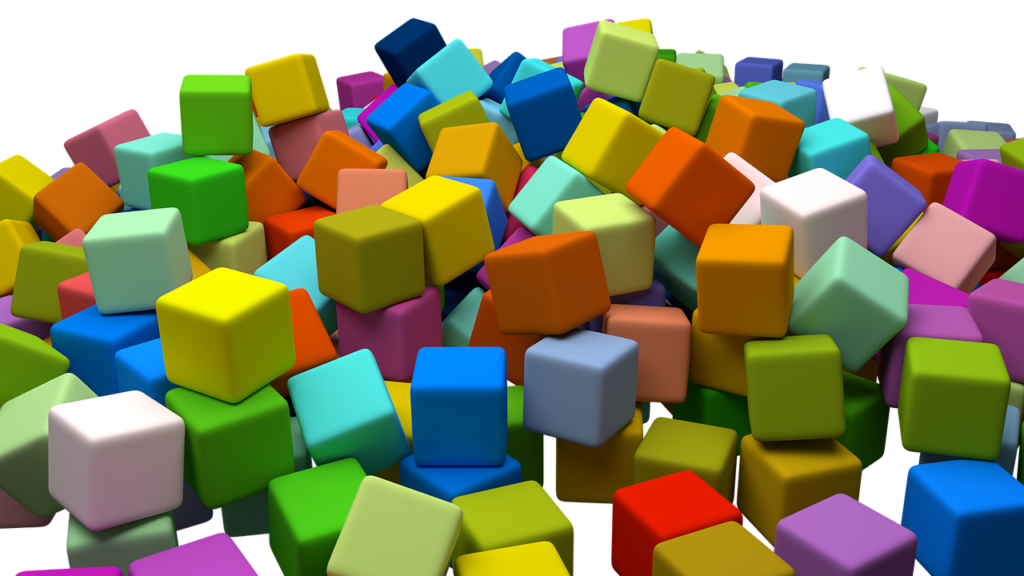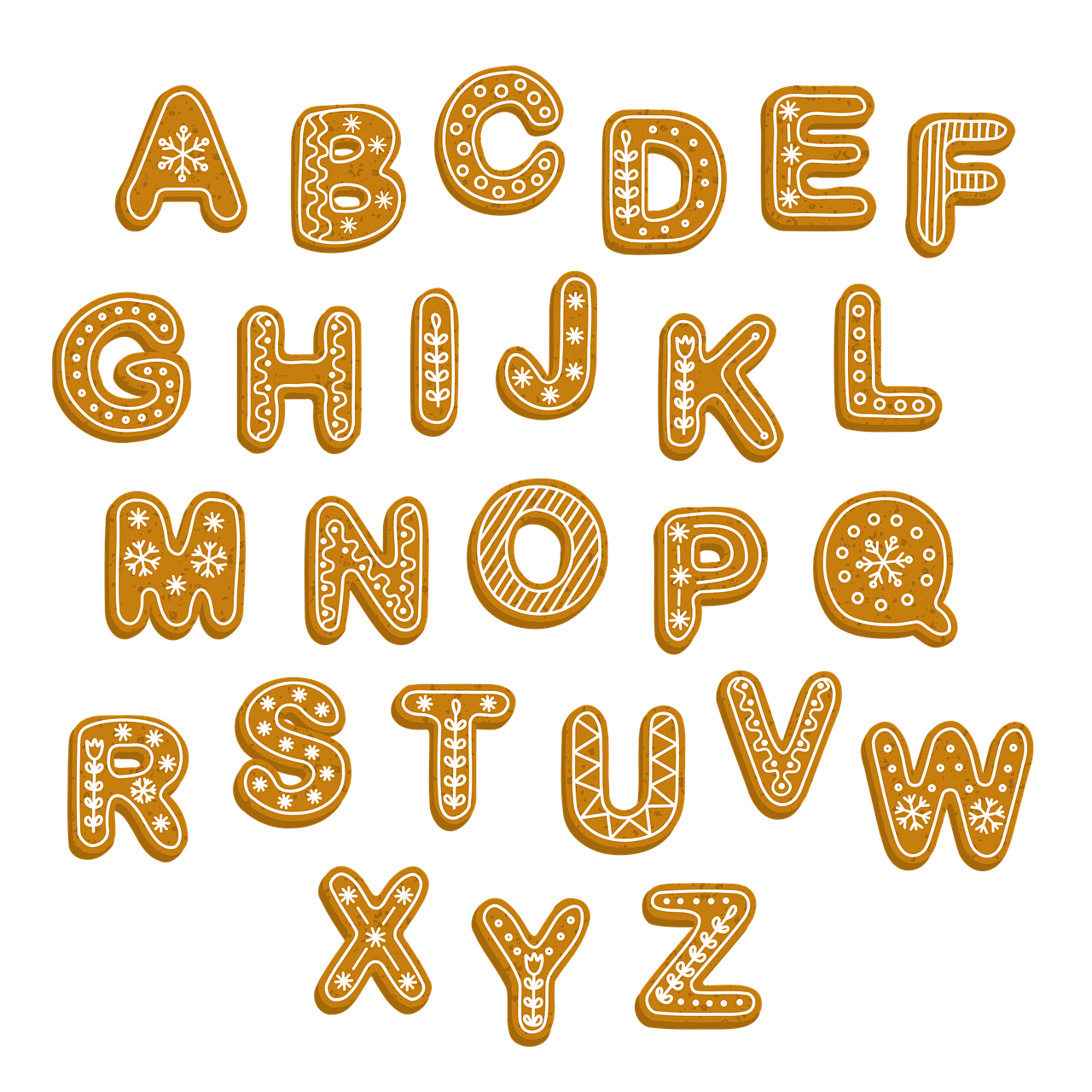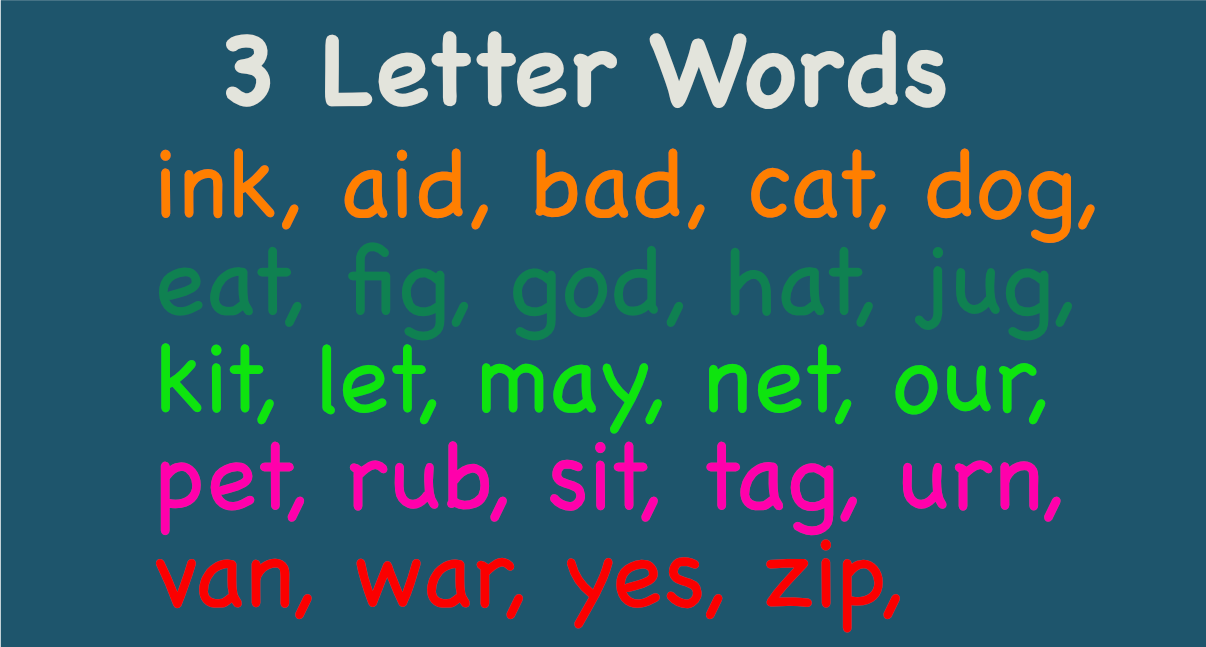
Toys for the various stages of child development can be categorized into three categories:
Brightly colored, mechanical, and role-play.
For the youngest, brightly colored toys will stimulate their senses while helping them develop motor skills.
Role-play toys will encourage creative play and stimulate their imagination. And for older children, electronic games are great choices for stimulating their minds.
Listed below are some toys for each child development stage. Let’s get started!
Contents
- 1 Brightly Colored Toys Help Babies Learn About The World
- 2 Bright Colors Attract Babies
- 3 Mechanical Toys Help Toddlers Develop Motor Skills
- 4 Children Are Fascinated By The Mechanics Of These Toys
- 5 Toys and Cognitive Development
- 6 Role-Play Toys Enhance Creativity
- 7 Electronic Games Are A Good Choice For Preteens
- 8 Video Games and Social Development
- 9 Books Are A Good Choice For Preschoolers
- 10 Informational Books Are Suited for this Age
Brightly Colored Toys Help Babies Learn About The World
Bringing up a child with colorful toys is a wonderful way to introduce them to the world and the different colors.
Babies learn to recognize color by looking at different colors and shapes. It is important to use colorful toys to encourage curiosity and a love of learning.
These toys can also help your child learn the names of the colors and objects around them.
These toys can also stimulate their creativity and imagination. They can also help your child develop motor skills and develop their imagination.
Bright Colors Attract Babies
Bright colors attract babies and toddlers.
Their eyes are very sensitive and they can differentiate between different hues easily. Bright colors are more attractive to young children because they stand out more.
This helps them understand objects in a simpler way. They will soon start sorting by color, which is one of the first words they learn. While you may think that the basic colors do not appeal to them, babies do enjoy playing with toys that are bright and simple.
Brightly colored toys can stimulate a child’s sense of touch and help them develop their auditory system. Toys that have soft sounds will also help develop a child’s sense of hearing.
All of these toys will help babies learn about the world. They will become more aware of objects and will develop a wider vocabulary. They will also develop their fine motor skills.
And the brighter and more colorful things they see, the better.
Brightly colored toys are also a great way to encourage baby’s curiosity and encourage their development. Bright colors also help develop the child’s eye coordination.
Their eyesight develops by the third month, so it is important to provide them with colorful toys. This will encourage them to explore their surroundings and build better hand-eye coordination and develop their senses.
When they’re older, you can even extend the color theme to the ceiling and walls.
Mechanical Toys Help Toddlers Develop Motor Skills
Toys with buttons and levers help young children develop their fine motor skills, hand-eye coordination, and cause-effect reasoning.
They can learn to push a button repeatedly to turn a toy on or off. The result is a more coordinated play experience.
A child who uses a toy with a lever or button will also learn how to hold an object properly. Eventually, they can pick up a small toy by themselves.
Other benefits of mechanical toys include the development of a child’s sense of curiosity.
Children Are Fascinated By The Mechanics Of These Toys
Children are often fascinated by the mechanics of these toys, and can use them to act out their imaginations.
Children can also use these toys to pretend play and develop their fine motor skills.
Toys and Cognitive Development
Moreover, these toys can also help a child develop cognitive abilities, including problem-solving skills.
They also provide a physical outlet for energy and can help toddlers develop a stronger sense of balance.
Some toddlers have a natural curiosity about building and mechanics.
They may treat anything as a building block and will be awestruck when you finish a DIY project or knock it down. These kids need attention and stimulation.
Parents can provide these toys as outlets for their child’s mechanical interests. In fact, a mechanical toy can even help a child develop a strong sense of self-confidence.
Unlike some toys, mechanical toys are very easy to use. Toddlers can use them to learn about the mechanics of machines.
They can also help develop their fine motor skills and build and manipulate various objects.
Moreover, they encourage children to experiment and learn new words and skills through this activity.
They are also easy to clean and maintain. But, children under three years old should always be supervised while using these toys.
Role-Play Toys Enhance Creativity
Role-play toys can help your child develop the skills needed for healthy development.
The activities of role-playing are also an excellent way to help your child develop his or her imagination.
Parents can encourage their children to use these toys by ensuring the room is free of clutter and providing a safe place to play.
You can also encourage your child to use these toys by assuming the role of a character yourself.
While children are learning to understand the world around them, role-play toys help them develop their imagination and problem-solving skills.
They can act out different situations that they can’t experience in real life. Imaginative play also helps kids gain insight into other people’s perspectives.
Imagination is an important skill for developing empathy and a healthy, happy life. Children can use role-play toys to learn and practice the different parts of the world and develop their social skills.
Children engage in dramatic play between the ages of five and seven. This helps children restructure their own lives and the world around them.
Often they will play at being a parent or a teacher, for example.
These toys encourage these activities, which help children develop their imaginations and learn about their own feelings. It’s also a safe and effective way for children to express their emotions.
Children enjoy pretending with familiar objects. You can even feed a stuffed animal or a doll in pretend play.
They’ll be fascinated with this new situation and will continue pretending with the objects.
They love the repetitive activity of playing, so it’s important to be patient when trying to engage them. As a parent, you should make the process a two-way conversation between you and your child.
Electronic Games Are A Good Choice For Preteens
Modern video games can be good for preteens because they teach kids useful skills in the real world.
Games like “Legend of Zelda” encourage creativity as Link ponders the solutions to puzzles and plans strategies.
Games like “Bakugan: Defenders of the Core” also encourage planning and problem-solving. Children at this age often enjoy creating jewelry, puppets, and nature study kits.
Many children enjoy video games because they encourage them to socialize and meet other kids.
Children with mild learning disabilities often talk about their games with their peers. This is because video games encourage them to build a peer group at a young age.
Even children with mild learning disabilities enjoy playing video games.
Video Games and Social Development
These games can even help children with learning disabilities make friends. So if you are looking for a great way to help your child make friends, consider video games.
Children age six to twelve years represent a large population of preadults, but there is limited research about how video games affect their cognitive and emotional development.
There are several factors that can influence how much children play video games.
Some games are good for preteens, while others are better for teenagers. The best game for preteens is one that encourages socialization and self-expression.
Video games are a time-consuming activity that can affect your child’s development.
In addition to being a time-sink, they can also affect their grades. Consequently, they should be used in moderation.
It is important for parents to monitor their children’s gaming habits. Parents don’t have to play with their children when playing video games online, but it is beneficial to be present during game play.
Books Are A Good Choice For Preschoolers
Children who are beginning to read on their own should choose simple and familiar stories with vocabulary that they can easily understand.
By the time they reach third grade, they may be able to handle more complex stories that have a wide range of vocabulary words.
However, reading aloud is still an important part of this development, and some publishers produce books that are designed for this stage.
Informational Books Are Suited for this Age
For example, there are many informational books for early readers that will satisfy their curiosity about complex subjects and encourage reading.
Children’s physical development starts at an early age and continues through their adolescence.
This involves developing fine and gross motor skills that enable children to move their bodies and coordinate their movements.
These important milestones require proper guidance from parents, and books are an excellent way to do that.
Below are some books that are good choices for various stages of child development.
These will help you understand the different stages of child development and provide you with the necessary tools to help guide your child’s growth.
When choosing books for children, keep in mind the age of your child and their interests.
You can choose books with familiar characters and themes or those that focus on certain topics. For example, a baby may enjoy reading about the wonders of nature.
A young child may enjoy a Dear America diaries book or a book about the Magic School Bus.
You may also want to consider books with humorous stories and poems. You should read aloud to your child, talking about the pictures and storyline.
For very young babies, board books are best because they contain a small amount of text, while older toddlers and preschoolers can handle larger pages.
They will enjoy large picture books and lift-the-flap books. Books that follow these stages grow with your child.
A five-year-old picture book can be read by a six-year-old. As they get older, you can move on to larger picture books with more difficult content.



